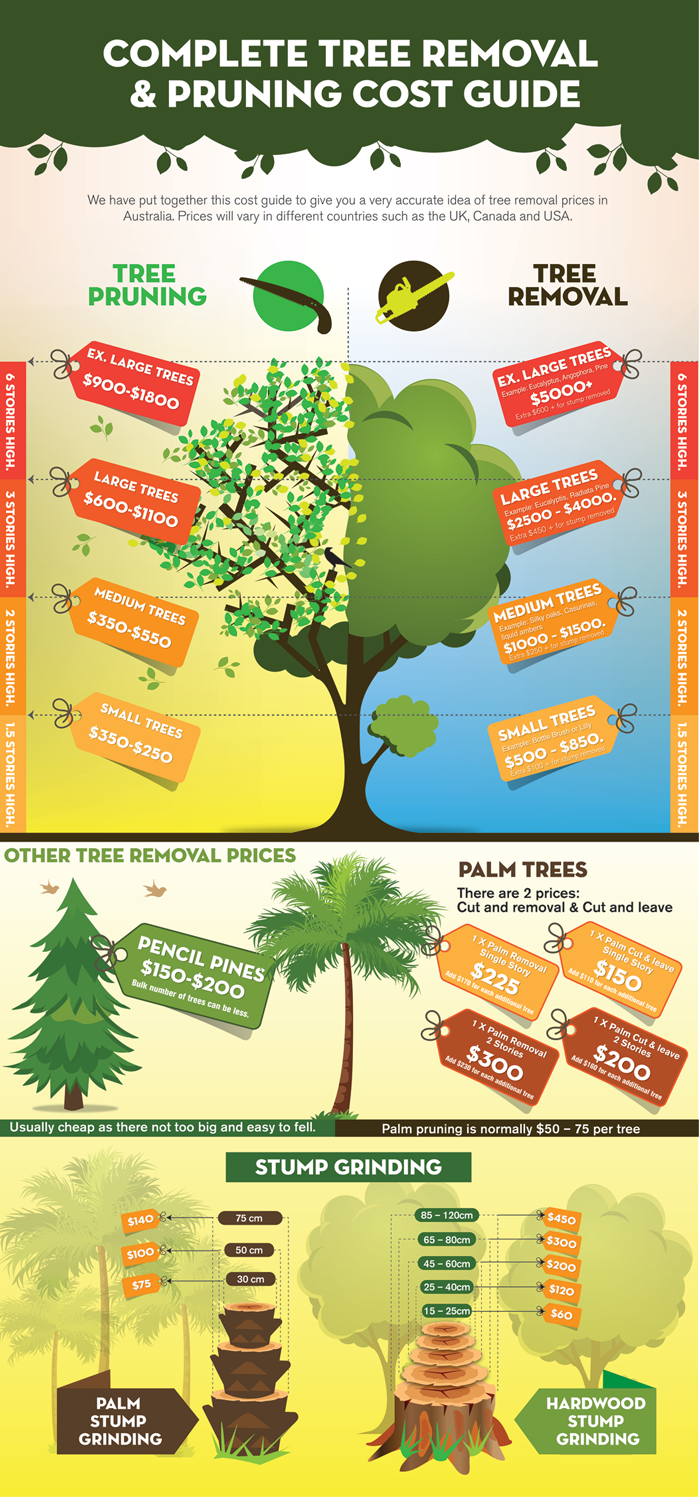Post-Tree Elimination Maintenance Is Crucial For Restoring Your Landscape; Learn Key Steps To Rejuvenate Your Area And Stay Clear Of Possible Troubles
Post-Tree Elimination Maintenance Is Crucial For Restoring Your Landscape; Learn Key Steps To Rejuvenate Your Area And Stay Clear Of Possible Troubles
Blog Article
Material Develop By-Franks McCollum
After a tree's removal, your landscape may look fairly various, and it's important to evaluate the results carefully. You'll intend to assess the dirt disruption and check surrounding plants for any kind of signs of tension. Ignoring these variables can cause larger problems down the line. So, what should you do with those stumps and origins? And exactly how do you choose the most effective plants for your rejuvenated room? Allow's explore these crucial steps.
Evaluating the Aftermath: Assessing Your Landscape
After a tree removal, it's important to assess your landscape to understand the impact it carries your lawn.
Begin by analyzing the area where the tree stood. Seek indicators of dirt disruption, and inspect the surrounding plants for any type of stress and anxiety or damage.
https://www.columbian.com/news/2020/jun/27/take-your-garden-to-the-next-level-with-these-simple-tips/ must additionally bear in mind of how the elimination has actually changed sunshine direct exposure and air flow in your garden. This change can influence the growth of close-by plants, so it's essential to assess their wellness.
Think about the aesthetic facets also; the removal could develop an open space that you can upgrade.
Finally, think about any type of possible erosion issues that may develop from the tree's lack. Resolving these aspects early will aid bring back balance to your landscape.
Managing Stumps and Origins: Choices for Removal
When you've assessed the aftermath of the tree elimination, you'll likely need to take on the stump and origins left.
You have a couple of alternatives for elimination. One effective approach is stump grinding, where an expert uses a device to grind the stump to underground degree. This strategy leaves minimal disturbance to your landscape.
If you favor a DIY method, you can make use of a combination of excavating and chemical stump removers. Just remember, this process can require time and effort.
Alternatively, consider leaving the stump as a natural attribute, which can function as an unique garden element or habitat for wildlife.
Whatever you choose, addressing the stump and origins is essential for recovering your landscape.
Selecting the Right Plant Kingdoms for Your New Room
As you examine your freshly removed area, choosing the right plants can considerably improve your landscape's elegance and performance.
Beginning by thinking about the sunshine and soil conditions. For sunny locations, choose drought-resistant plants like lavender or succulents. In shaded places, brushes and hostas flourish well.
Think about the dimension and growth behaviors of your plants; mix perennials and annuals for seasonal selection. related resource site forget to integrate indigenous types; they require much less maintenance and assistance local wild animals.
Team plants in odd numbers for an extra natural appearance and produce layers for aesthetic deepness.
Finally, guarantee you have a mix of colors and appearances to keep your landscape dynamic throughout the seasons.
Satisfied growing!
Verdict
Finally, restoring your landscape after tree removal is a satisfying process. By assessing the results, addressing stumps and origins, and choosing the right plants, you'll create a thriving setting. Click To See More fail to remember to include disintegration control measures to protect your soil. With a little initiative and treatment, you can change your space into a lively garden that enhances your residential or commercial property. Embrace the chance to revitalize your landscape and delight in the beauty of nature right in your yard!
